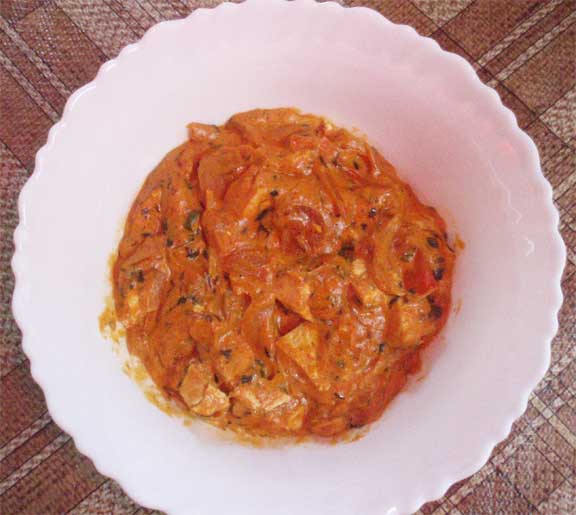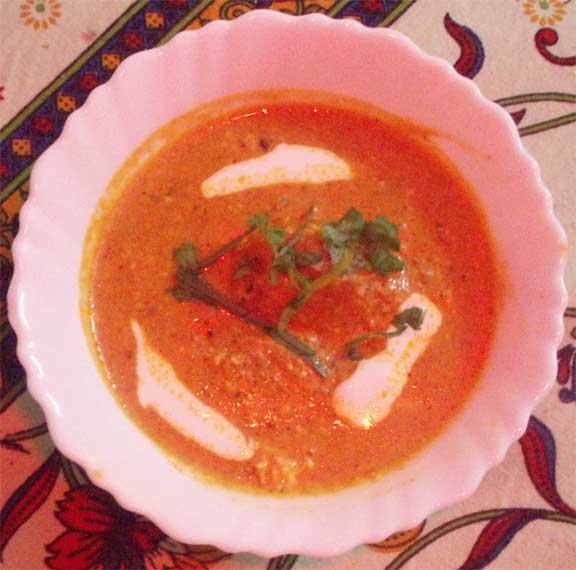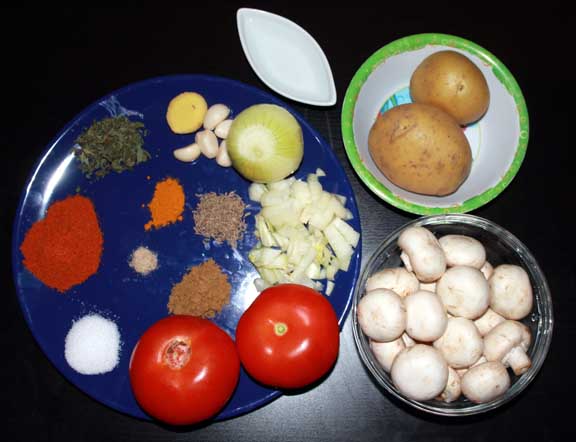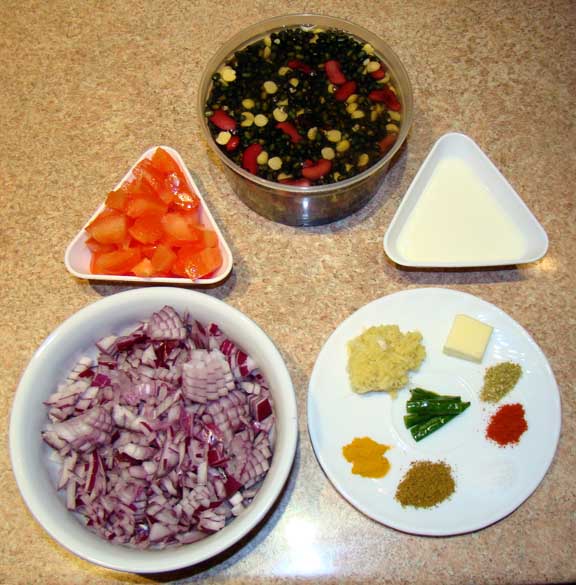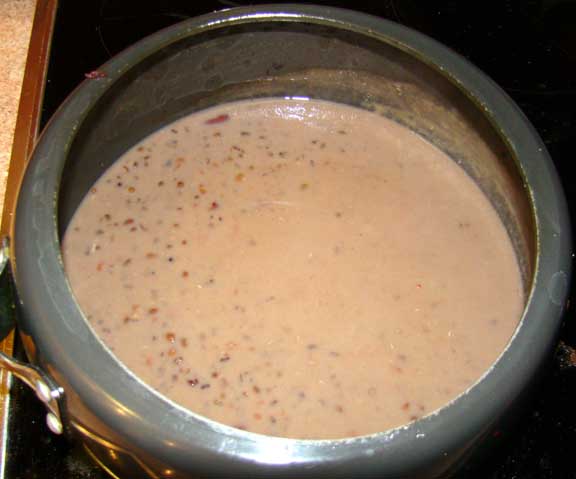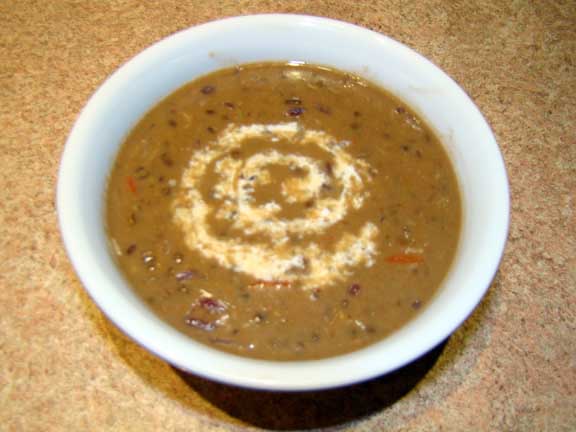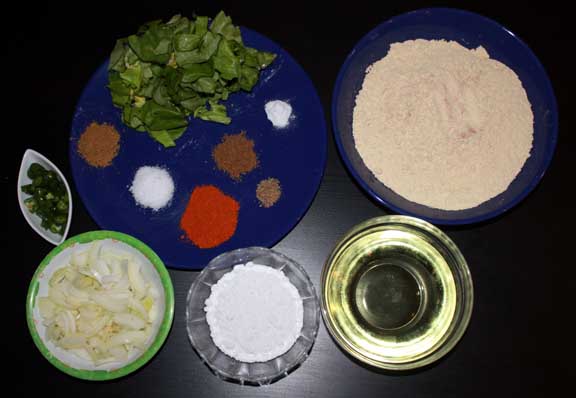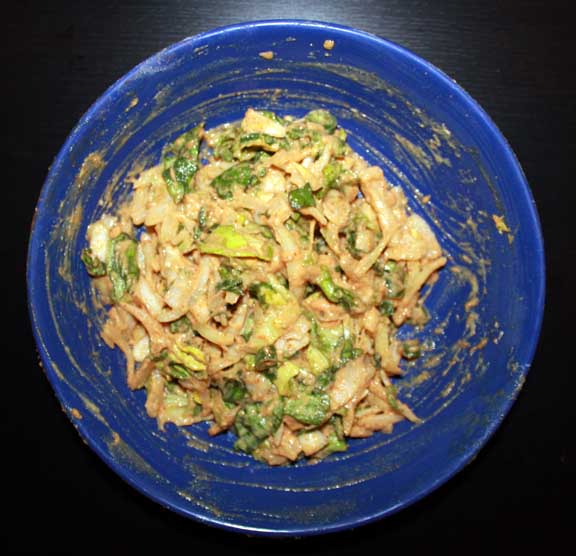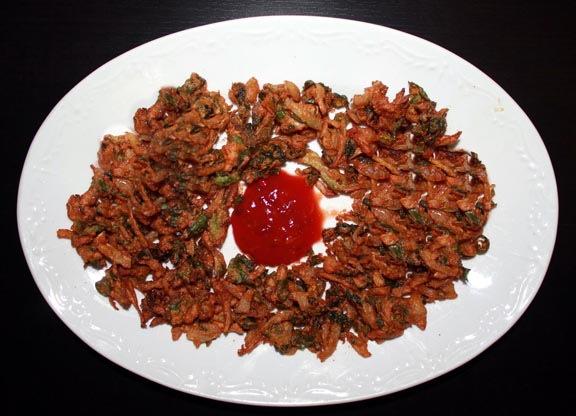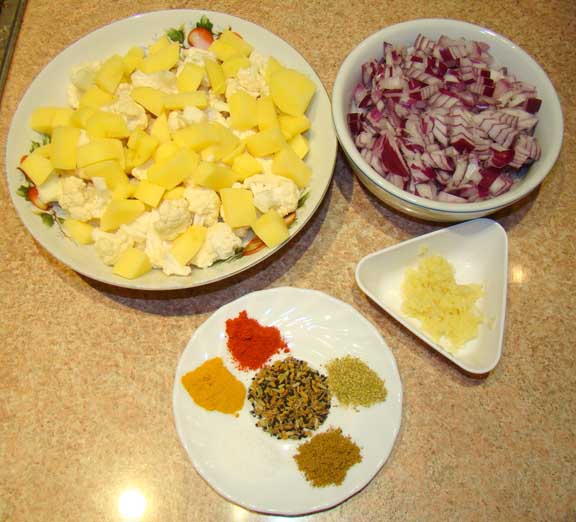Yoga is an exercise practiced by many for a variety of reasons. A variety of health conditions have been mentioned as being helped by practicing yoga such as asthma, back pain, diabetes, arthritis, high blood pressure, etc. Many turn to this exercise for pain management, while others practice it for the mental performance benefits that it offers. Self-awareness is a common theme among those who practice yoga, as the exercise promotes the mind-body relationship.
There are several types of yoga with each offering various benefits. Some practice what is referred to as hot yoga (Bikram yoga), which is designed to sweat out toxins while the individual assumes certain poses. The room temperature during hot yoga is increased to around 85 to 120 degrees Fare height during this exercise. The body sweats out toxins while the individual must focus his or her mind to stay focuses during the exercise. Those seeking stress relief, weight loss or who want to boost their immune system may turn to this form of yoga. Pregnant women are often discouraged from participating in hot yoga.
Restorative yoga allows the body to be completely at rest while assuming certain positions. Note that rest is different from sleep, however. To assume poses in this type of yoga, props are used. This may include pillows, blankets, blocks, chairs, walls, etc. The props hold the body in position during the pose. This form of yoga, as well as others, helps to trigger the parasympathetic nervous system (PNS). The PNS balances the body and brings it into equilibrium. Stimulating it may help to improve heart rate, blood pressure and stimulate the immune system and has positive effects on the endocrine system.
Restorative yoga helps many patients relax, which is why many turn to it when experiencing infertility or going through fertility treatment. This may be a troubling time in the lives of many experiencing infertility, so finding a way to relieve stress, anxiety and depression is often important. This form of yoga may help individuals achieve a more hormonally balanced body as well.
It is important that women who are pregnant inform the instructor that they are pregnant prior to beginning the class unless they are taking a class dedicated to pregnant women or those wishing to improve fertility. Women who are pregnant may be discouraged from assuming certain poses while pregnant such as those that require twisting, inversion, are stressful to the abdominal region or require balancing.
There are several types of yoga with each offering various benefits. Some practice what is referred to as hot yoga (Bikram yoga), which is designed to sweat out toxins while the individual assumes certain poses. The room temperature during hot yoga is increased to around 85 to 120 degrees Fare height during this exercise. The body sweats out toxins while the individual must focus his or her mind to stay focuses during the exercise. Those seeking stress relief, weight loss or who want to boost their immune system may turn to this form of yoga. Pregnant women are often discouraged from participating in hot yoga.
Restorative yoga allows the body to be completely at rest while assuming certain positions. Note that rest is different from sleep, however. To assume poses in this type of yoga, props are used. This may include pillows, blankets, blocks, chairs, walls, etc. The props hold the body in position during the pose. This form of yoga, as well as others, helps to trigger the parasympathetic nervous system (PNS). The PNS balances the body and brings it into equilibrium. Stimulating it may help to improve heart rate, blood pressure and stimulate the immune system and has positive effects on the endocrine system.
Restorative yoga helps many patients relax, which is why many turn to it when experiencing infertility or going through fertility treatment. This may be a troubling time in the lives of many experiencing infertility, so finding a way to relieve stress, anxiety and depression is often important. This form of yoga may help individuals achieve a more hormonally balanced body as well.
It is important that women who are pregnant inform the instructor that they are pregnant prior to beginning the class unless they are taking a class dedicated to pregnant women or those wishing to improve fertility. Women who are pregnant may be discouraged from assuming certain poses while pregnant such as those that require twisting, inversion, are stressful to the abdominal region or require balancing.

